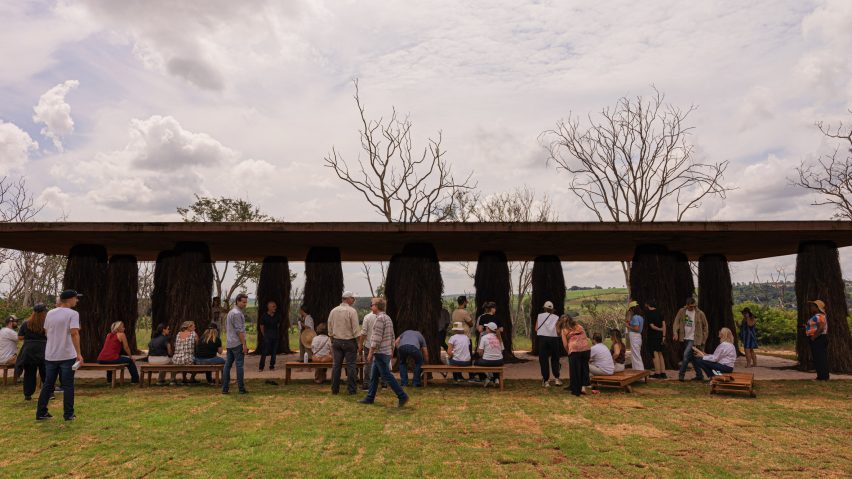
Estúdio Campana adds living plant pavilions to São Paulo park
Brazilian studio Estúdio Campana has created a park near São Paulo that includes pavilions made with live plants on land once farmed by the founders' grandfather.
Estúdio Campana created the park on 52 acres of land inherited by the studio's co-founders – Humberto Campana and his brother Fernando, who passed away in 2022.
Originally, Estúdio Campana planned to regenerate the land, which was once used by the brothers' grandfather as a coffee farm and cattle ranch, but during the pandemic decided to build infrastructure to facilitate education.
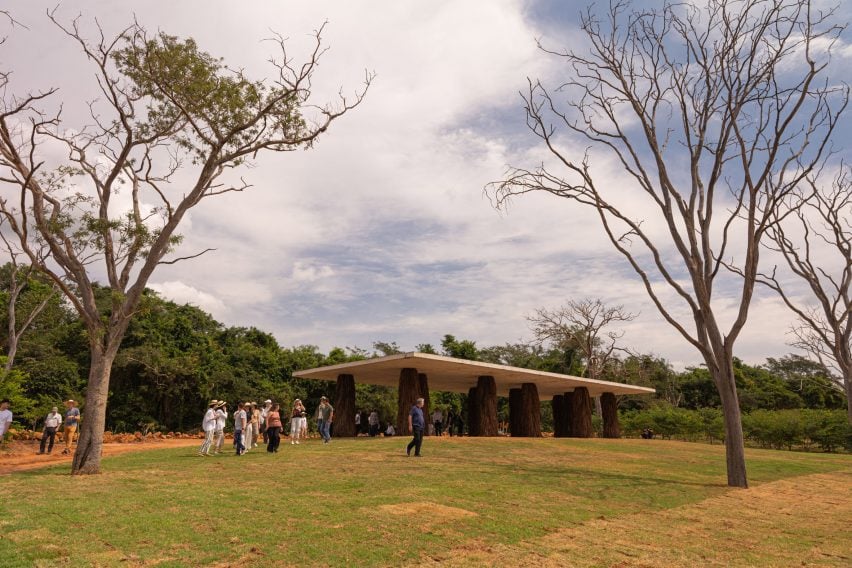
"We said 'we have held talks and workshops everywhere, in schools abroad, so why not in our hometown'," Humberto Campana told Dezeen of the studio's reasoning.
"This area of São Paulo state needs art and environmental education. These areas are controlled by agro-business, which is destroying the vegetation," he continued.
"Fernando and I were always concerned about this. I don't want confrontation with those people, but to try to educate with delicacy and beauty."
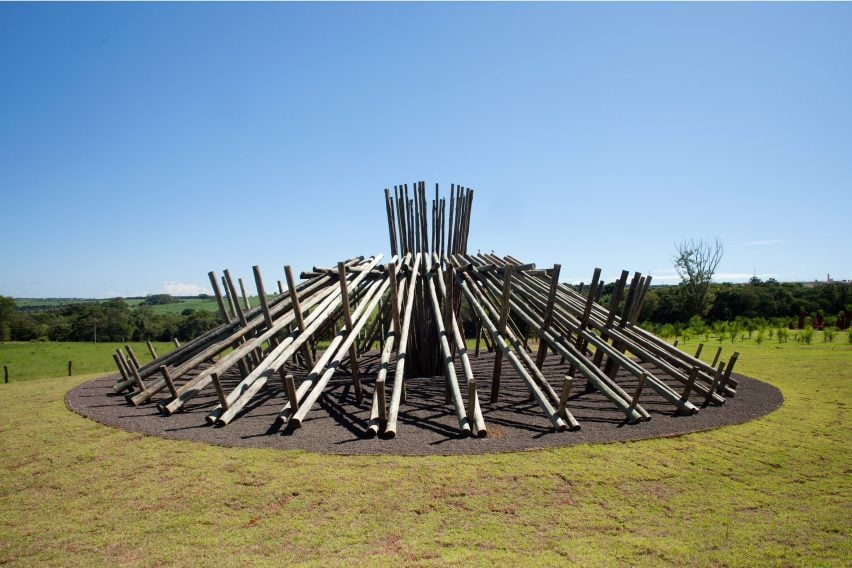
Estúdio Campana is best known for using local and underused materials to create furniture and objects, often allowing the natural forms – like the shape of a branch or root – to dictate the end result.
For the park, the studio wanted to expand its methods, using local materials and plants to create large-scale pavilions embedded in a planned landscape.
"It's a very important moment for us, to go in another scale – not only doing objects but learning the beauty of landscaping," said Campana.
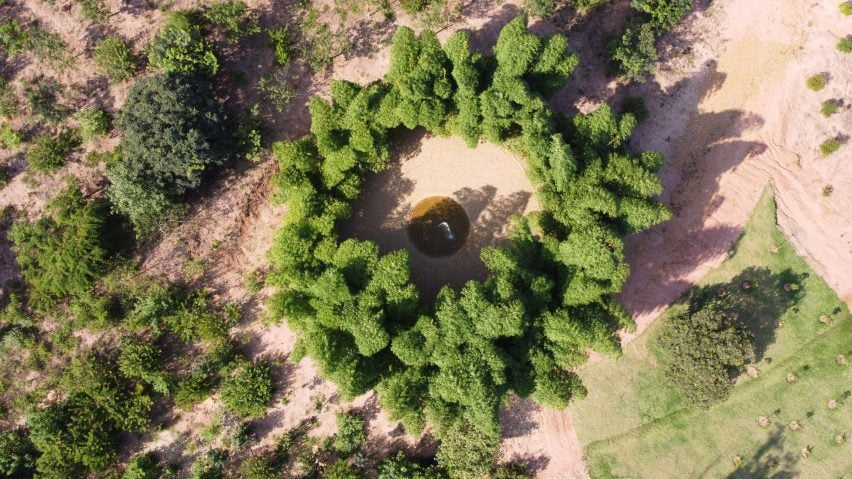
The studio decided to create 12 pavilions in addition to the regeneration project, which was carried out with the help of a group of scientists from the University of São Paulo.
Campana told Dezeen that the 12 pavilions represent the number of cities in the ancient Etruscan league – a homage to Italy, where the Campana family immigrated from. Campana also said that Italy was essential to the studio's start and that he wanted to "create a bridge between Italy and Brazil".
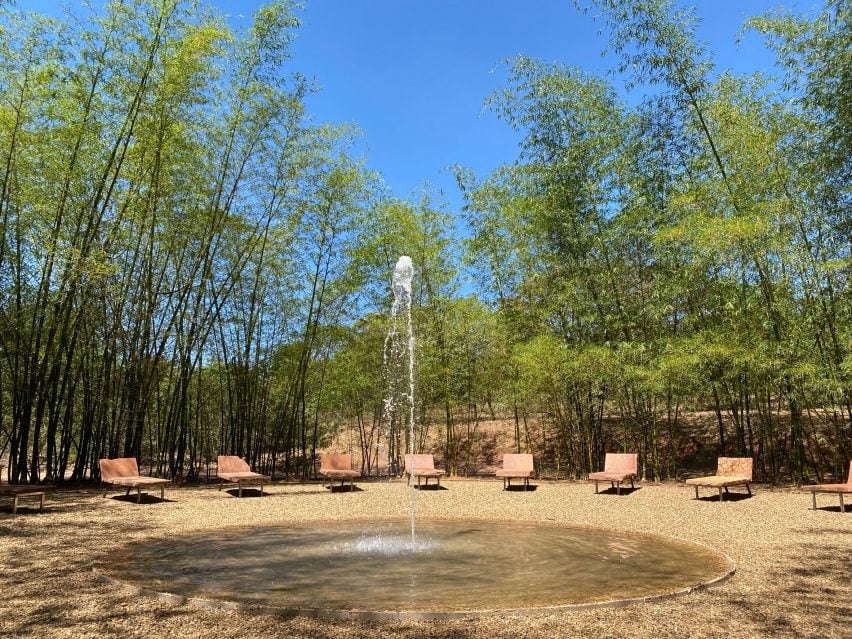
Six of the 12 pavilions have been completed, many of which have been created using materials such as local Eucalyptus, bamboo, terracotta, brick and cacti.
The pavilions include a large dome-like structure made out of local Eucalyptus wood, with a design that combines influences from Oscar Nieyemer's Brasilia and indigenous structures.
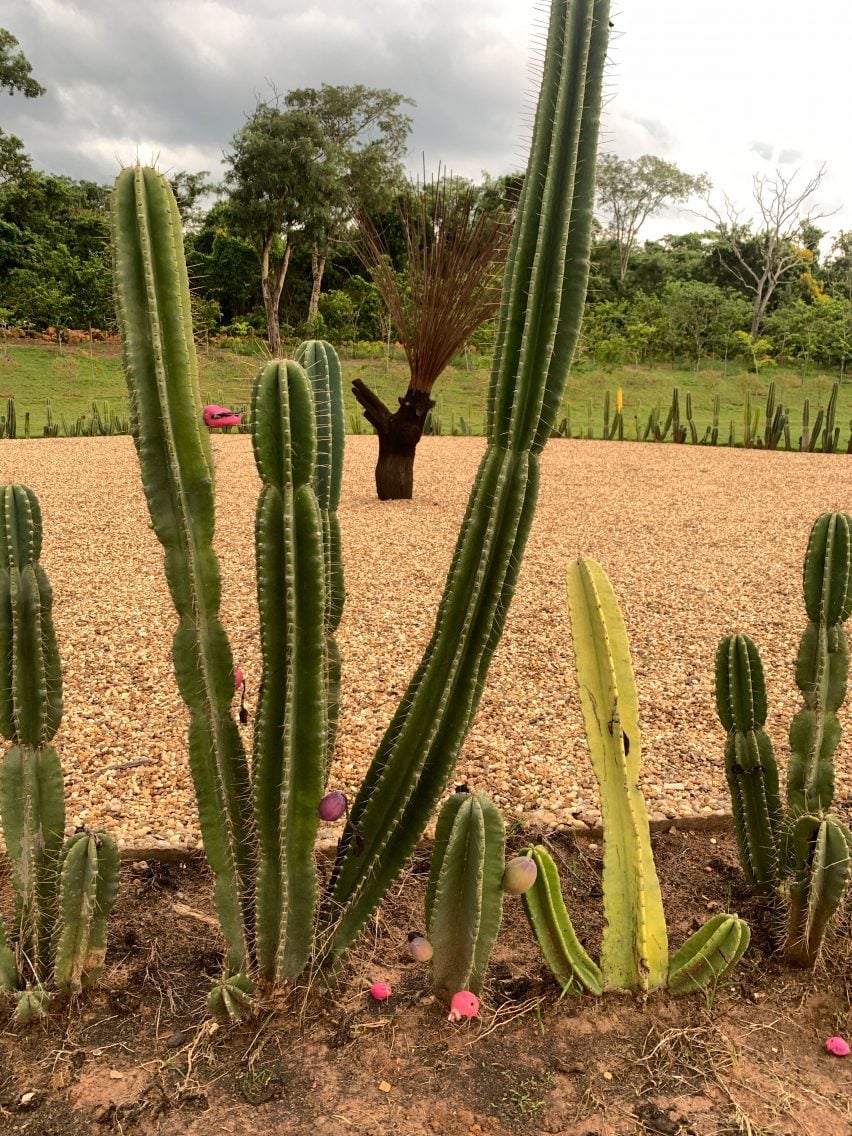
One of the pavilions contains a large ring of cacti hemming in a field of local sand and an array of agave plants growing from lopsided terracotta planters on a field of concrete.
Elsewhere, a massive circle of interlocking brick wall slabs surrounds a pile of locally sourced stone.
A pavilion with a concrete canopy and legs covered in piassava straw was also installed on the site.
Campana said that throughout the park wood from trees felled due to bad health were used to create benches, and some stump-and-root structures have been combined with steel to create sculptures, like in the centre of the cactus pavilion.
An existing observation tower made of wood will provide views over some of the pavilions.
The studio also plans to create a cafe and educational facility, and Campana said that he hopes the initiatives can provide educational opportunities for scientists to test regeneration techniques for Atlantic Forest and Cerrado biomes (the two largest in Brazil) and for local crafts to be relearned.
"I want to bring all these traditions back with workshops," he said.
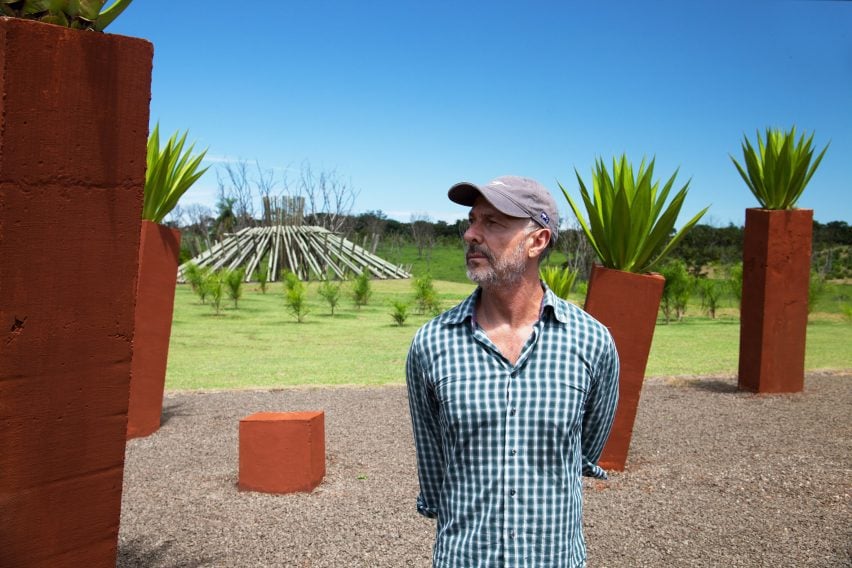
Thousands of trees have already been planted in the park, including large groves of bamboo. A circle of bamboo comprised one of the other pavilions, within which were placed a series of chaise lounges made of stone and a water feature at its center.
Recently, Estúdio Campana showcased its first collection since the passing of Fernando at Friedman Benda in New York.
Other regeneration projects include the creation of a nature reserve on a former landfill in New York by landscape architecture studio Field Operations.
The photography is courtesy of Estúdio Campana.